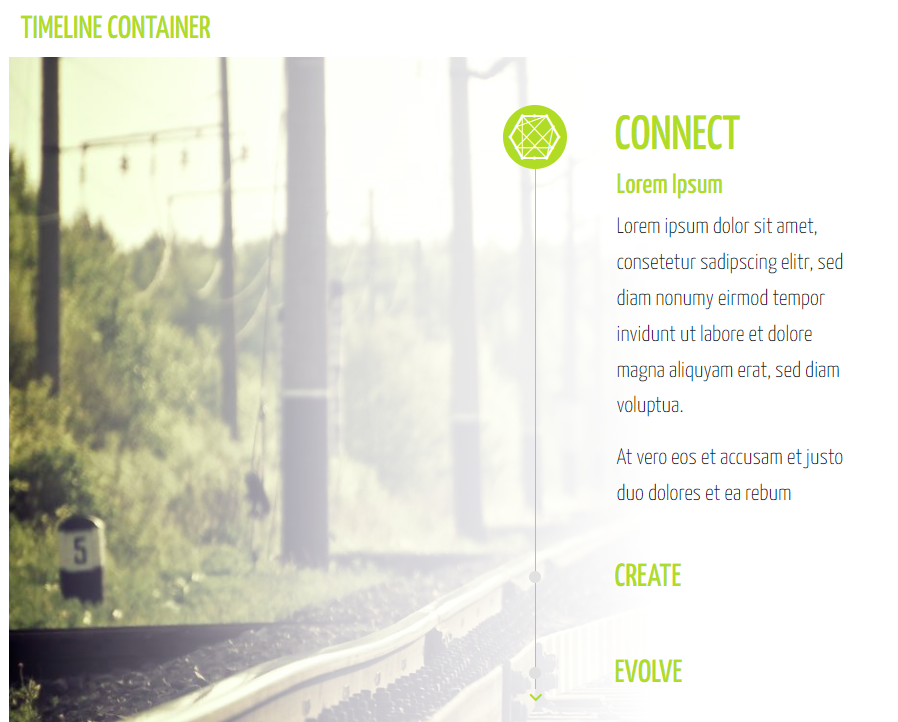What is a container?
The term container is the generic term for an element that can contain other TYPO3 content elements. There is only the exception that a container may not be assigned to another container.
What Containers are there?
There are the following container types in T3 templates:
- Content Container
- 2, 3 and 4 Column Container
- Tabs Container
- contains Tab Element
- Timeline Container
Content Container
The content container is a special container. It consists of a content column and has the task of displaying the assigned content elements in a particularly beautiful and varied way.
For example, with a content container you can put a background color under all content items or display a masonry.
Columns Container
The column containers display the content in 2, 3 or 4 columns. This allows additional columns to be inserted within a content column. This gives a grid representation.
This container closes a gap in TYPO3, as it is not possible to create column elements by default.
You can also assign a background color to the column container. Of course, you can choose from which screen width the 2, 3 or 4 column container becomes a one-column container.
Tabs Container
The tabs container consists of a number of tab elements and thus spans a web element that has been around in Web 2.0 for a long time - tabs.
Tabs display the content in tabs. T3 Template automatically transforms the tabs into accordions from a certain screen width. The so-called breakpoint can be specified in the tabs container.
